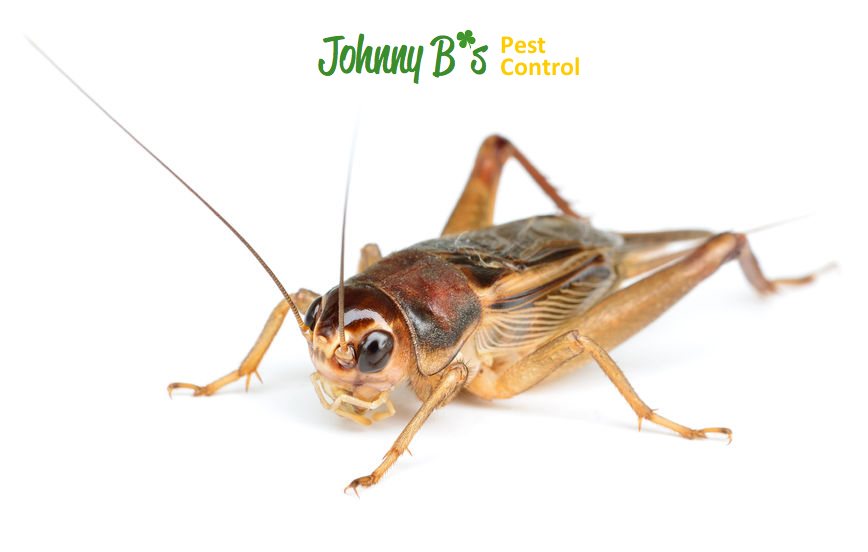The sounds of insect-songs indicate that the summer season has arrived. Singing insects, such as crickets and cicadas, may not produce sounds that sound like the typical songs that you are used to hearing; instead, singings insects produce rhythmic sounds by using certain physiological mechanisms. Insect songs can become quite loud, as they are produced communally. Although people may know that most of the insect-songs heard during the summer months come from crickets and cicadas, not much is commonly known about the specific insect species that make these sounds. For example, there are many different cicada species, and some cicada species are heard more often than others.
Every year cicadas can be heard from the tree branches where they nest, but periodical cicadas only emerge once every thirteen or seventeen years. This does not mean that periodical cicadas can only be heard once every thirteen or seventeen years, as cicada broods do not emerge all at once. Periodical cicadas are heard most often, as their population size is much larger in number than annual cicadas.
There exists three species of annual cicadas, the most popular of which is the dog-day-cicada. All cicadas produce sounds with an organ known as a tymbal. The tymbal produces clicking sounds as it is rubbed along a cicada’s ribs. The clicking sound is amplified by a physical feature called the tympanic structure. Cicadas can buckle their ribs at an astonishing three to four hundred times per second in order to produce their well-known buzzing sounds. During the nighttime hours, people sometimes notice that insect-songs change. This is due to the nocturnal activity of crickets and katydids.
Crickets and katydids, unlike cicadas, often produce sounds at night. This is why the cricket chirp is well associated with sleeping hours. The most commonly heard cricket species are field and tree crickets. Field crickets are also commonly seen in people’s yards and within gardens. Tree crickets, though commonly heard at night, are rarely seen due to their arboreal habitat. These crickets also possess wings. Only male crickets produce sounds, as this is the primary method of attracting female mates. Each species of female cricket responds only to the particular sound frequency produced by males of their species. This allows females to avoid awkward encounters with males of different species.
Have you ever attempted to track down a chirping cricket in your house?

